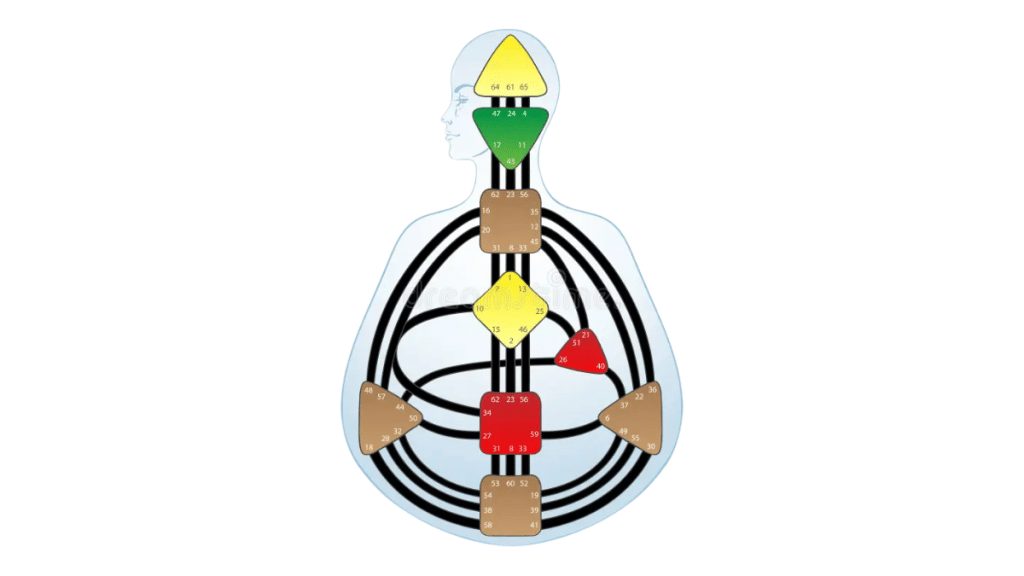Making decisions can often feel overwhelming, especially when multiple options exist. However, understanding one’s natural decision-making process can bring clarity. By recognizing their unique strengths and preferences, individuals can navigate decisions more confidently and efficiently, leading to outcomes that align with their true selves.
Understand Your Energy Type
Each person’s energy type plays a significant role in how they engage with the world around them. The Human Design Test helps identify one of five distinct energy types, each with its own way of responding to life’s events. These energy types include Manifesting Generators, Generators, Manifestors, Projectors, and Reflectors.
By understanding one’s energy type, individuals can approach decisions in a more intuitive and natural way. For example, Generators are responsive, waiting for the right opportunities to act, while Manifestors initiate actions independently. Recognizing these tendencies allows individuals to make choices that align with their inherent design, leading to more effortless and aligned outcomes.
Follow Your Decision-Making Authority
A key element in making better decisions lies in understanding one’s decision-making authority. Human Design outlines various authorities, such as emotional, sacral, or splenic, that help guide individuals toward choices that resonate with them. For example, someone with emotional authority might need to wait for emotional clarity before deciding. In contrast, those with sacral authority may rely on gut responses to guide them.
Following one’s specific authority encourages decision-making that feels more natural and aligned with personal preferences, reducing inner conflict. This approach helps create a more peaceful and confident decision-making process, allowing individuals to trust their instincts and make choices that are truly in line with their design.
Minimize Resistance in Decision-Making
When choices are aligned with one’s Human Design, there tends to be less resistance. Making judgments according to one’s energy type and authority can help avoid situations that lead to frustration or uncertainty. For example, when a Generator responds to the right opportunity instead of forcing outcomes, the process flows more smoothly. This alignment helps create an environment where choices are easier to make and more fulfilling. By embracing one’s natural design, individuals can reduce the inner conflict that often arises from trying to make choices outside their true nature. This leads to a more harmonious process that feels both effortless and authentic.
Gain Clarity in Complex Situations
Decision-making can become particularly challenging when faced with complex situations or multiple options. Such tests offer insights into how individuals naturally process these complexities. For example, Projectors often thrive when they receive invitations to act, while Reflectors may benefit from observing before making decisions.
By understanding these tendencies, individuals can approach complex choices with a clearer perspective and a more balanced approach, avoiding unnecessary pressure.
Align Decisions with Long-Term Goals
Understanding one’s design goes beyond making day-to-day choices; it can help individuals align their judgments with broader life goals. The insights from such tests provide a framework for making choices supporting long-term fulfilment. For example, knowing one’s energy type and authority allows for decisions that resonate with a more profound sense of purpose.
This alignment ensures that selections are not just reactive but are in harmony with one’s overall life trajectory, fostering greater satisfaction and authenticity. Over time, this practice helps cultivate a more intentional approach to life, aligning each decision with one’s true self.
The insights from a Human Design Test can provide clarity and guidance in making decisions that feel more natural and aligned with one’s true self. Understanding energy types, decision-making authorities, and the unique way individuals process information makes decision-making more intuitive and fulfilling. Using these tools, individuals can navigate choices with greater ease and confidence, ensuring that decisions are made with greater awareness and alignment with their long-term goals.
